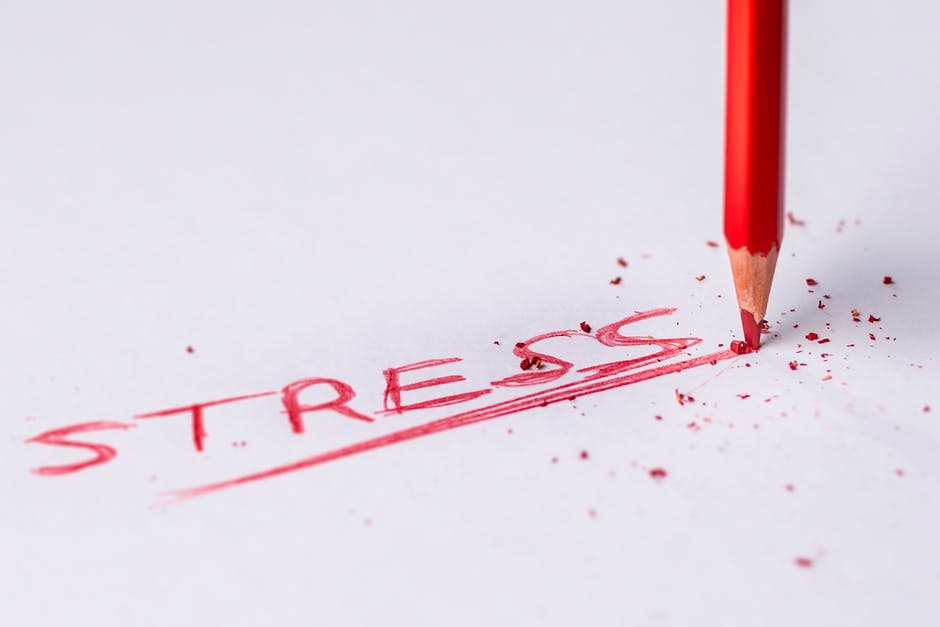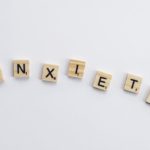Your hands are shaking, and you’re excessively sweating; you keep getting repetitive images of a traumatic event and you know you have been trying to avoid the place that reminds you of it. If this sounds familiar you may be struggling with PTSD.
Post-traumatic stress disorder can happen to both men and women that is typically caused by a traumatic event. We could have experienced this event ourselves, witnessed it, or we just heard about the event happening to our family member or friend.
When someone develops PTSD, you can expect their reactions to everything will alter; they’ll experience changes in behavior, their way of thinking, and even basic communication skills.
PTSD isn’t something that should be taken lightly, but in order to deal with it, you have to understand it.
How Does PTSD Develop?
After an extremely traumatic experience, people will begin to react to different stimuli differently. For some, their reactions involve a collection of symptoms that may indicate that they struggle with PTSD. This is because certain traumatic events can involve exposure to a stressor. In this case, it could be related to:
- Severe injury
- Potential death threat
- Sexual violence
- Near death experience
All of these events can lead to strong reactions that will continue to occur if no help is sought out.
When Should You Expect to See Symptoms of PTSD?
It’s very normal for people to react to stressful events—this is just the way the human brain works, but after a specific or certain tragedy happens, we’ll begin to react differently: we’ll be more alert and extra cautious about everything, and if the behavioral changes last longer than a month, this is when you should be concerned.
Depending on the individual, the change can happen right away, or have a delayed response. These changes can indicate one of the first signs that you may be struggling with PTSD. In some cases, PTSD can lead to depression, addiction, or some other mental disorder. This is why people with PTSD should be diagnosed properly.
What Are the Main Symptoms of PTSD?
In order for you to be diagnosed, you must determine that you have the symptoms. There are four categories that can help to decide whether or not a person has PTSD:
Reliving Your Trauma
If you experience post-traumatic stress disorder, you will keep reliving your trauma for more than a month after the event happened. This can mean you are experiencing nightmares, flashbacks, and have upsetting thoughts and memories.
You Avoid Reminders of the Event
If you find yourself avoiding going to places that remind you of the trauma or the emotions that are associated with it, that means you have PTSD. You might also avoid crowds because you start to feel uncomfortable or in danger.
Your Thought Process is Altered
If you were once a very positive person, you may view life differently now. You may see the world as dangerous or your emotions are being judged all the time. You may start by constantly apologizing as a way of lessening the guilt or shame, or you may avoid responsibility related to the traumatic event.
Because of this whole new way of thinking, you may struggle with trust issues. When you lose trust in people, your relationships will be sabotaged as well.
You Always Feel on The Edge
People with PTSD are constantly on alert, easily irritated, and startled; you may start feeling unsafe. This can cause more unwanted reactive behaviors. For example, there are people who are afraid to go into a car after they were involved in a tragic car accident that almost resulted in death.
Can PTSD Leads to Serious Mental-Health Issues?
If you question whether it can lead to depression, then the answer is yes: PTSD can lead to depression. For those who already experience anxiety episodes and depression, they actually have a higher risk of developing PTSD after they are exposed to a traumatic event.
The same thing can be said for those who were purposely injured by their attackers or suffer ongoing trauma during a particular event. But the key factor that can determine whether a person develops PTSD would rely heavily on the support they seek help.
How to Deal with People With PTSD?
People suffering from PTSD should get supportive help from people they trust. Some of the things we can do for them include:
Talk to Them with No Judgments
They should be able to talk freely about how they feel and what happened to them. This is the only way they can feel less stressed and anxious. This is especially true when the traumatic event made them feel guilty or ashamed.
Be There When They Need You
Often, victims will feel restricted to speak about their circumstances. They are scared and embarrassed about the traumatic event due to the perception of society. Be there when they need an ear to listen or a shoulder to cry on.
Allow Them to Feel Whatever They Want to Feel
For example, rape victims will shy away from talking openly about what happened to them. They will often avoid the topics and suffer by themselves. In some cases, their confessions might not be well-received, and they will be judged constantly. Don’t judge or comment on how they should feel. Let them express their emotions.
How to Treat Post-Traumatic Stress Disorder?
PTSD can be very intimidating and frustrating for both those affected by it and people around them. It is a disorder because it can make the daily life of a person almost intolerable. It can affect the person’s entire life. If left untreated, it can lead to:
- Low self-esteem
- Constant Irritability
- Substance Abuse
- Relationship Problems
- Depression
- Suicide
However, there are several options for PTSD treatment. A majority of these treatments were proven to work very well with those who are affected by PTSD.
Cognitive Behavioral Therapy
Often, those who are affected get their treatments at the clinics, due to developing an addiction as a way to cope with their symptoms. But for those who suffer from serious PTSD episodes and substance abuse and addiction, there are PTSD inpatient treatment options available that will treat both the substance abuse or addiction and their PTSD simultaneously.
Present-Centered Therapy
If the first line of therapy doesn’t work or are not available, a present-centered therapy is probably what you need. This type of treatment teaches you to focus on how the trauma may affect your daily life. It can help you to figure out what kind of solutions you can apply in order to overcome your PTSD symptoms.
Will People with PTSD Feel Better?
Oh, yes, of course, but it will take some work. As time passes, some people with PTSD will start noticing that they will feel a lot better and the difficulties will decrease. For others, their symptoms can last for a few months to a couple of years. In this case, other serious mental disorders may begin developing, that is if they’re not diagnosed and treated well by medical professionals.
It’s very important to seek professional mental health care. PTSD is not discriminative, and it can happen to anyone of all ages, genders, and backgrounds. If you suspect you experience PTSD, find help. You’re not alone.










